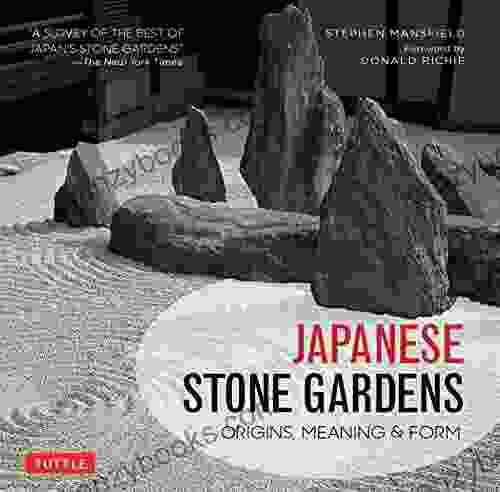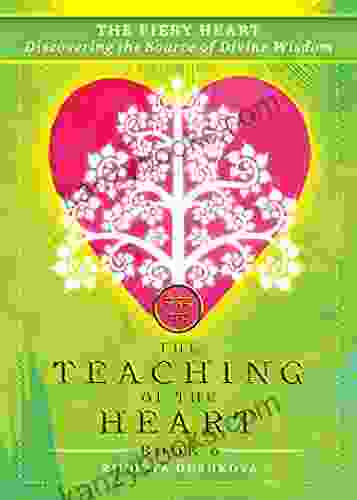Japanese Stone Gardens: Origins, Meaning, and Form

- The Origins of Japanese Stone Gardens
- The Meaning of Japanese Stone Gardens
- The Form of Japanese Stone Gardens
- Contemporary Japanese Stone Gardens
The Origins of Japanese Stone Gardens
Over time, stone gardens became more elaborate and sophisticated, and they began to be used for a variety of purposes, including as a place to entertain guests, to practice martial arts, and to simply enjoy the beauty of nature. By the Edo period (1603-1868),stone gardens had become a common feature of both private homes and public spaces.
The Meaning of Japanese Stone Gardens
However, the meaning of a stone garden can vary depending on the individual viewer. Some people may see it as a representation of the natural world, while others may see it as a symbol of the human condition. Ultimately, the meaning of a stone garden is whatever the viewer brings to it.
The Form of Japanese Stone Gardens
Second, stone gardens usually contain a few rocks, which are arranged in a carefully considered pattern. The rocks are often placed in groups of three or five, and they may be arranged in a straight line, a circle, or a more complex pattern.
4.4 out of 5
| Language | : | English |
| File size | : | 75217 KB |
| Text-to-Speech | : | Enabled |
| Screen Reader | : | Supported |
| Print length | : | 160 pages |
Third, stone gardens often contain sand or gravel. The sand or gravel is typically raked into a smooth surface, and it may be used to create patterns or designs.
Finally, stone gardens often contain moss or plants. The moss or plants help to create a sense of tranquility and peace, and they can also add a touch of color to the garden.
Contemporary Japanese Stone Gardens
Contemporary Japanese stone gardens are a testament to the enduring popularity of this unique and beautiful form of garden art. Whether they are traditional or modern, stone gardens offer viewers a place to relax, reflect, and appreciate the beauty of the natural world.
Japanese stone gardens are a unique and beautiful form of garden art that has been practiced in Japan for centuries. The origins of stone gardens can be traced back to the Heian period (794-1185),when Buddhist monks began to create simple rock gardens as a way to meditate and contemplate the nature of the universe. Over time, stone gardens became more elaborate and sophisticated, and they began to be used for a variety of purposes, including as a place to entertain guests, to practice martial arts, and to simply enjoy the beauty of nature.
Today, there are many different types of Japanese stone gardens, from traditional gardens that follow the principles of Zen Buddhism to modern gardens that incorporate contemporary materials and designs. However, all stone gardens share a few common features, such as a sense of separation from the outside world, a carefully considered arrangement of rocks, and a use of sand or gravel.
Japanese stone gardens are a great place to relax, reflect, and appreciate the beauty of nature. They can also be a source of inspiration and creativity. If you are ever in Japan, be sure to visit one of the many beautiful stone gardens that can be found throughout the country.
4.4 out of 5
| Language | : | English |
| File size | : | 75217 KB |
| Text-to-Speech | : | Enabled |
| Screen Reader | : | Supported |
| Print length | : | 160 pages |
Do you want to contribute by writing guest posts on this blog?
Please contact us and send us a resume of previous articles that you have written.
 Book
Book Novel
Novel Page
Page Chapter
Chapter Text
Text Story
Story Genre
Genre Reader
Reader Library
Library Paperback
Paperback E-book
E-book Magazine
Magazine Newspaper
Newspaper Paragraph
Paragraph Sentence
Sentence Bookmark
Bookmark Shelf
Shelf Glossary
Glossary Bibliography
Bibliography Foreword
Foreword Preface
Preface Synopsis
Synopsis Annotation
Annotation Footnote
Footnote Manuscript
Manuscript Scroll
Scroll Codex
Codex Tome
Tome Bestseller
Bestseller Classics
Classics Library card
Library card Narrative
Narrative Biography
Biography Autobiography
Autobiography Memoir
Memoir Reference
Reference Encyclopedia
Encyclopedia Tjitze De Jong
Tjitze De Jong Nancy Krulik
Nancy Krulik Victoria Simcox
Victoria Simcox Suzy Bowler
Suzy Bowler Tara Grant
Tara Grant Shauna Moore Brown
Shauna Moore Brown Mennlay Golokeh Aggrey
Mennlay Golokeh Aggrey Yogi Ramacharaka
Yogi Ramacharaka Sarah Stevens
Sarah Stevens Sherrie Giddens
Sherrie Giddens Sjanie Hugo Wurlitzer
Sjanie Hugo Wurlitzer Neil T Anderson
Neil T Anderson Thomas Richardson
Thomas Richardson Willi Galloway
Willi Galloway Stephen Elkins
Stephen Elkins Sara Panton
Sara Panton Tara Brach
Tara Brach The Coalition Studio
The Coalition Studio Robert Beatty
Robert Beatty William A Cooper
William A Cooper
Light bulbAdvertise smarter! Our strategic ad space ensures maximum exposure. Reserve your spot today!
 Glenn HayesFollow ·7.4k
Glenn HayesFollow ·7.4k Danny SimmonsFollow ·8.9k
Danny SimmonsFollow ·8.9k Tyler NelsonFollow ·15.2k
Tyler NelsonFollow ·15.2k Lawrence BellFollow ·15.3k
Lawrence BellFollow ·15.3k Connor MitchellFollow ·6.9k
Connor MitchellFollow ·6.9k Floyd RichardsonFollow ·15k
Floyd RichardsonFollow ·15k Emmett MitchellFollow ·6.4k
Emmett MitchellFollow ·6.4k Thomas MannFollow ·13.7k
Thomas MannFollow ·13.7k

 Virginia Woolf
Virginia WoolfGetting High Fat Diet Easily Using Keto Fat Bomb Cookbook
Unveiling the Power of Fat...

 Milan Kundera
Milan KunderaAre You Cryin' Brian? Find the Inspiration and Humor in...
Life can be full of...

 Edmund Hayes
Edmund HayesUnlock Your Vitality: The 15-Day Natural Energy Boost...
Are You Ready to...

 Gavin Mitchell
Gavin MitchellMultiple Sclerosis Life Expectancy: Unveiling the Impact...
Multiple Sclerosis (MS) is a...

 Gabriel Garcia Marquez
Gabriel Garcia MarquezGet The Thighs That Can Crack Man Head Like Walnut
Are you tired of weak, flabby...
4.4 out of 5
| Language | : | English |
| File size | : | 75217 KB |
| Text-to-Speech | : | Enabled |
| Screen Reader | : | Supported |
| Print length | : | 160 pages |













